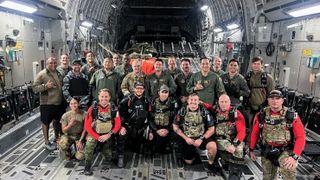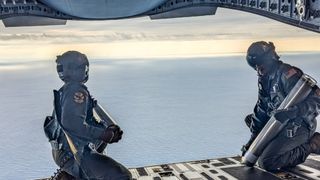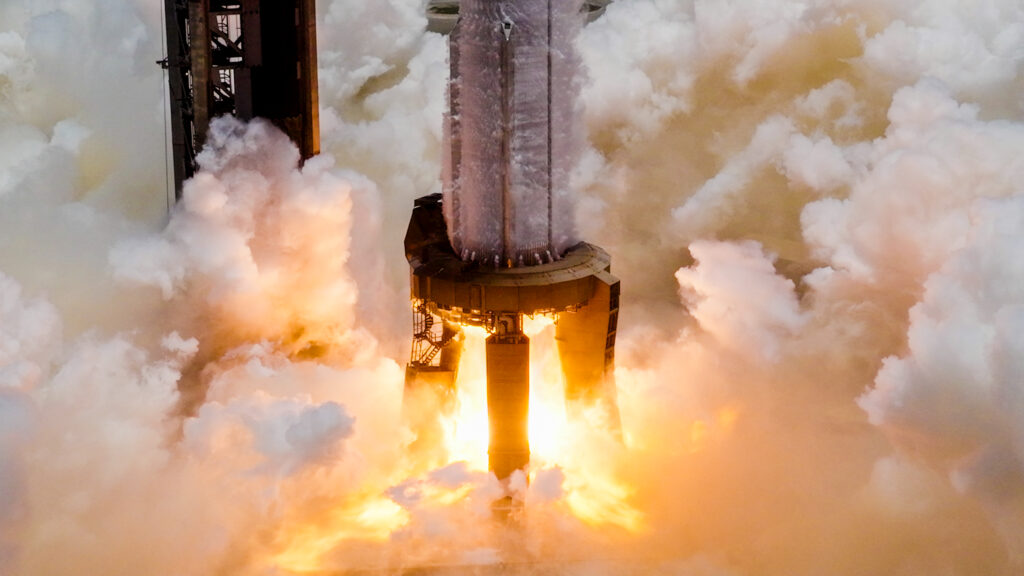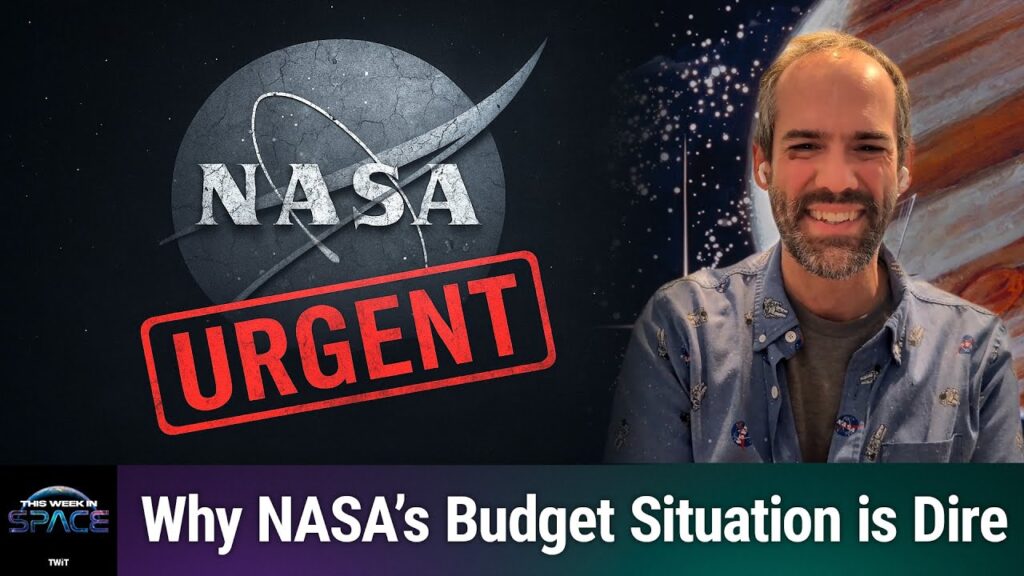A U.S. military joint task force did some training recently off the Florida coast to help with astronaut splashdowns.
“Space travel is expected to increase, so the search and rescue alert is going to increase, and we will be ready to answer that call,” Maj. Ryan Schieber, lead planner for Human Space Flight Support (HSFS) in the U.S. Air Force’s 315th Operations Support Squadron, said in a statement.
So, as the U.S. sees an uptick in crewed spaceflight operations, the military wants to make sure it can support astronaut retrieval at sea if needed.

Members from several military outfits came together for the joint task force operations, including Guardsmen from the 204th Airlift Squadron, Reservists from the 315th Airlift Wing, and the 308th Rescue Squadron.
You may like
Related: What is the U.S. Space Force and what does it do?
“We’re conducting realistic drops of both personnel and equipment into an offshore drop zone, simulating how we would locate and recover isolated personnel in a maritime environment,” said Capt. Nicolas Walsh, 308th RQS (Rescue Squadron) combat rescue officer drop zone controller, in the same statement.
Based out of Patrick Space Force Base in Florida, the training — which occurred from Jan. 14 to Jan. 17 — saw the joint task force complete 10 airdrops and 30 pararescuemen jumps into the ocean.
“The developments in the space industry from 2020 … until now show an increase in SpaceX launches to include Boeing Starliner, and now in 2026, the Artemis team,” Maj. Schieber said.
In late March (at the earliest), SpaceX’s Crew-9 mission will return to Earth from the International Space Station with four astronauts aboard, including NASA astronauts Butch Wilmore and Suni Williams. The duo were originally supposed to come home on a Boeing Starliner, but that plan was scrapped due to safety concerns with the capsule.

RELATED STORIES:
The first crewed Artemis mission, which will send four astronauts around the moon and back to Earth, is now scheduled for April 2026, after being pushed back from a September 2025 launch date. It’ll be the first time NASA has sent people to the moon since Apollo 17 in 1972.
“We’ll be able to support the real-world launches and recoveries for the HSFS program,” said Master Sgt. Makaio Roberts, 204th, who is working as the HSFS deputy program manager, in the same statement.
Master Sgt. Roberts said that the team will be ready to support launches and recoveries with Boeing, SpaceX, and NASA, specifically citing Artemis missions.



